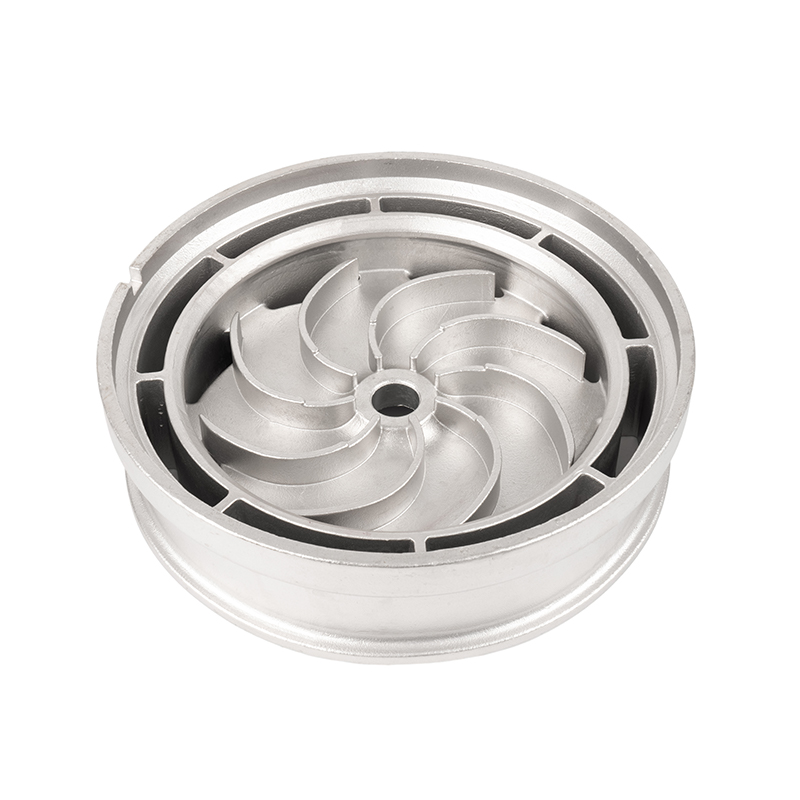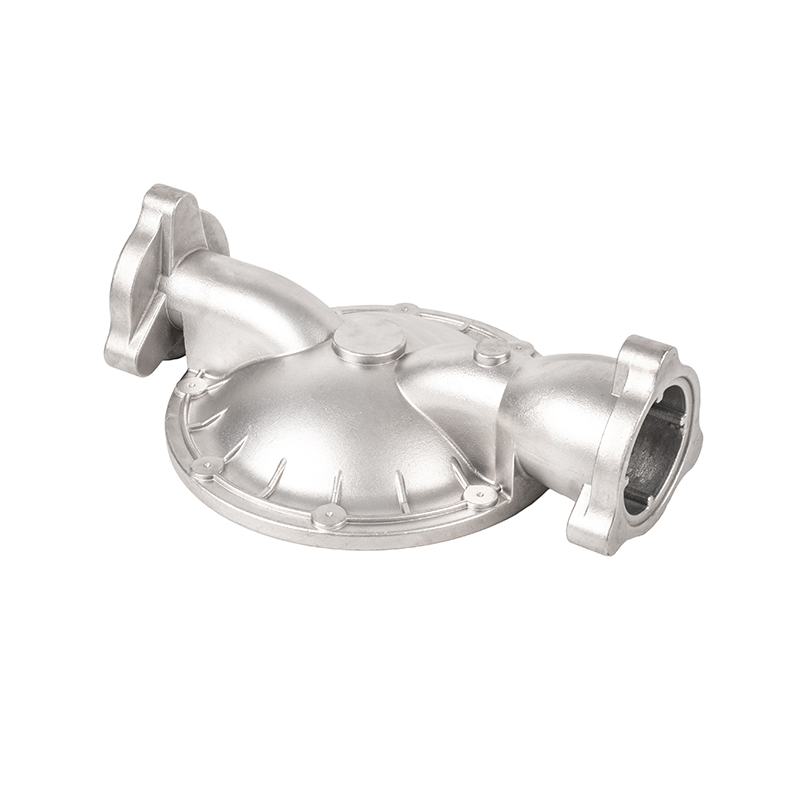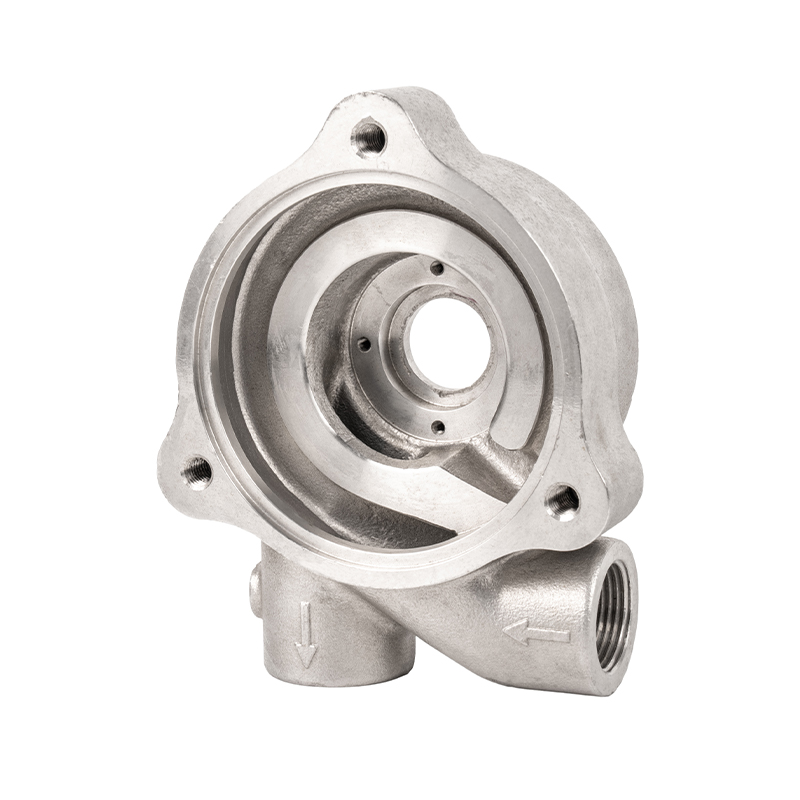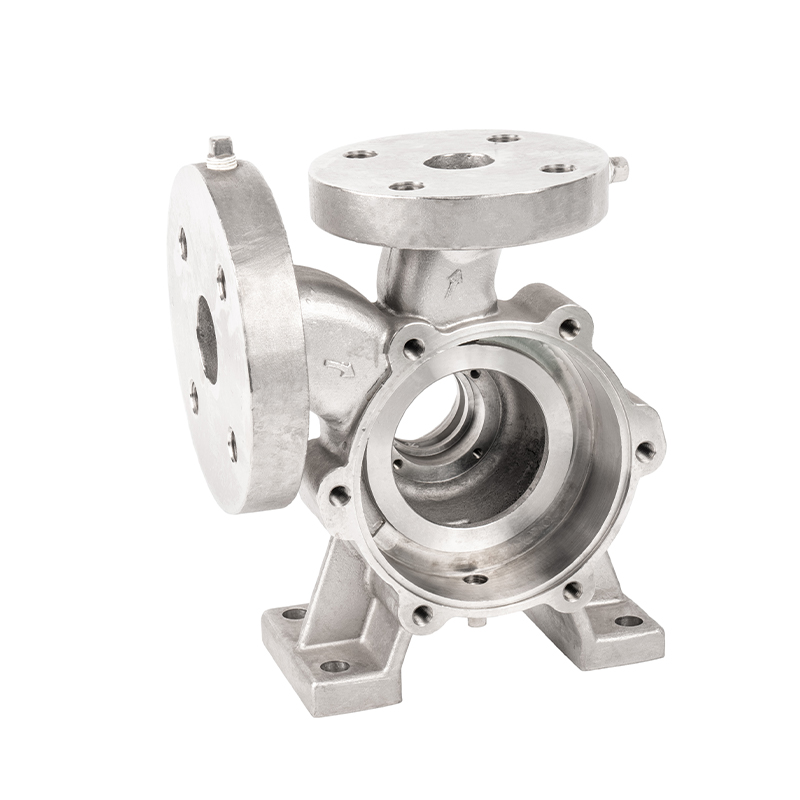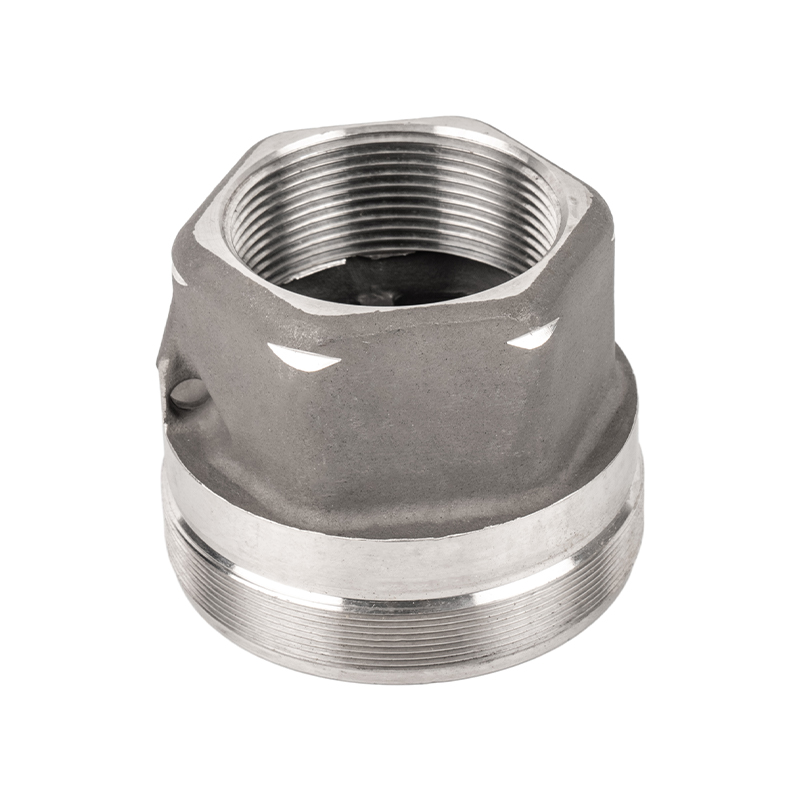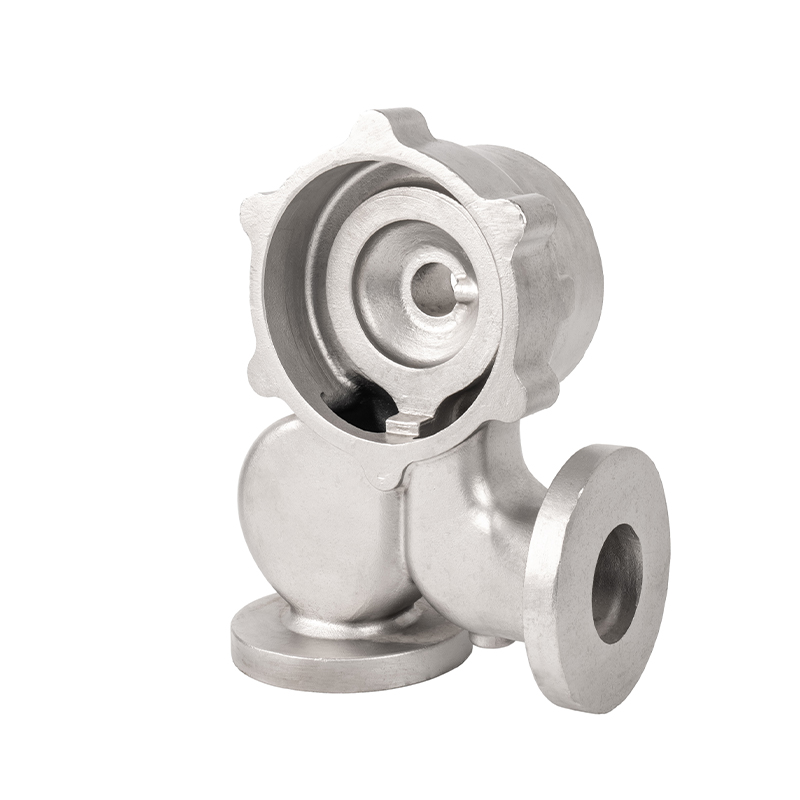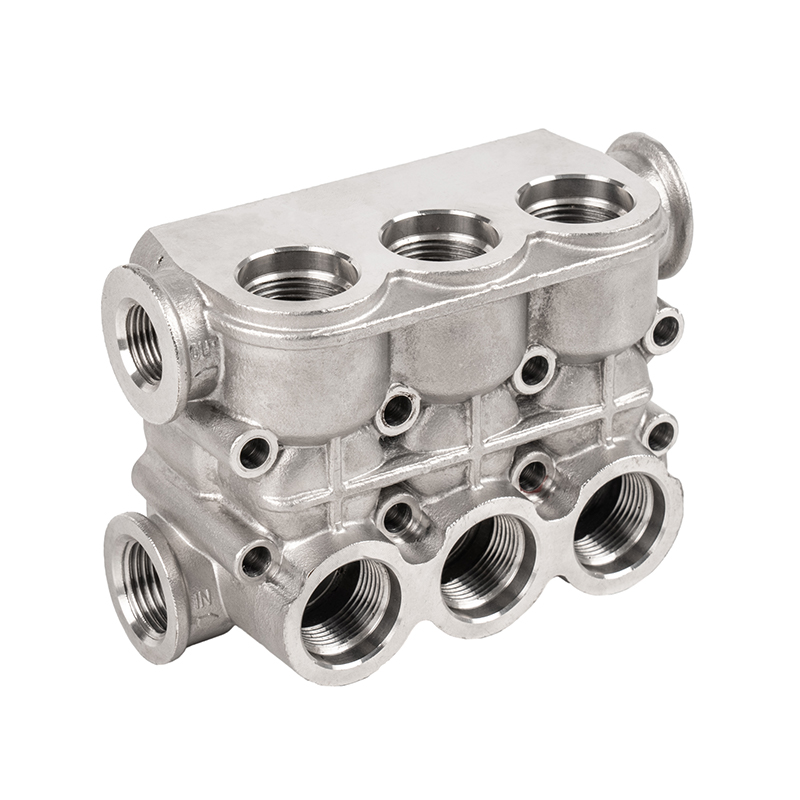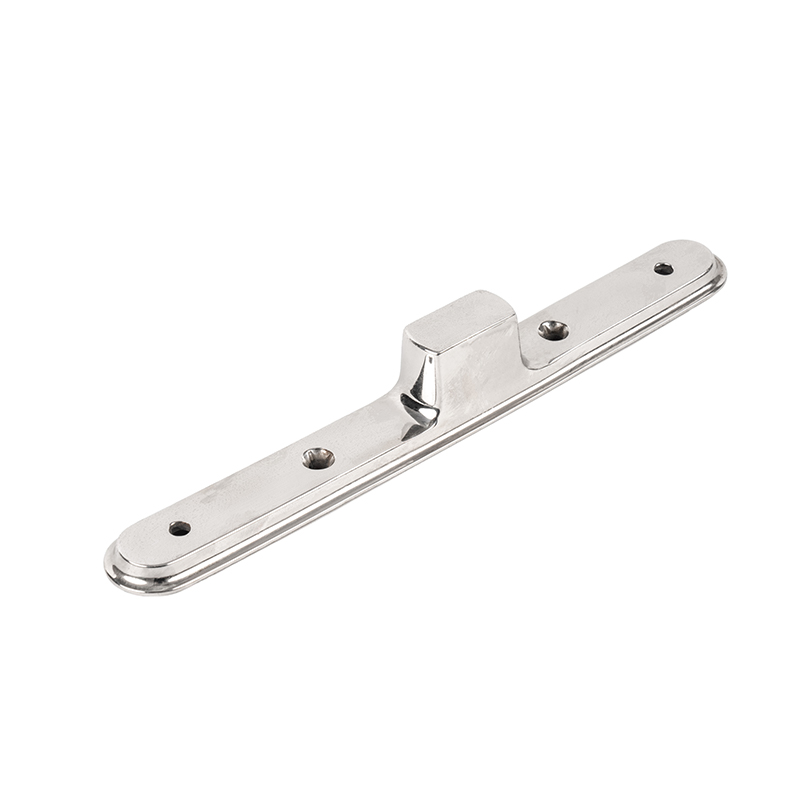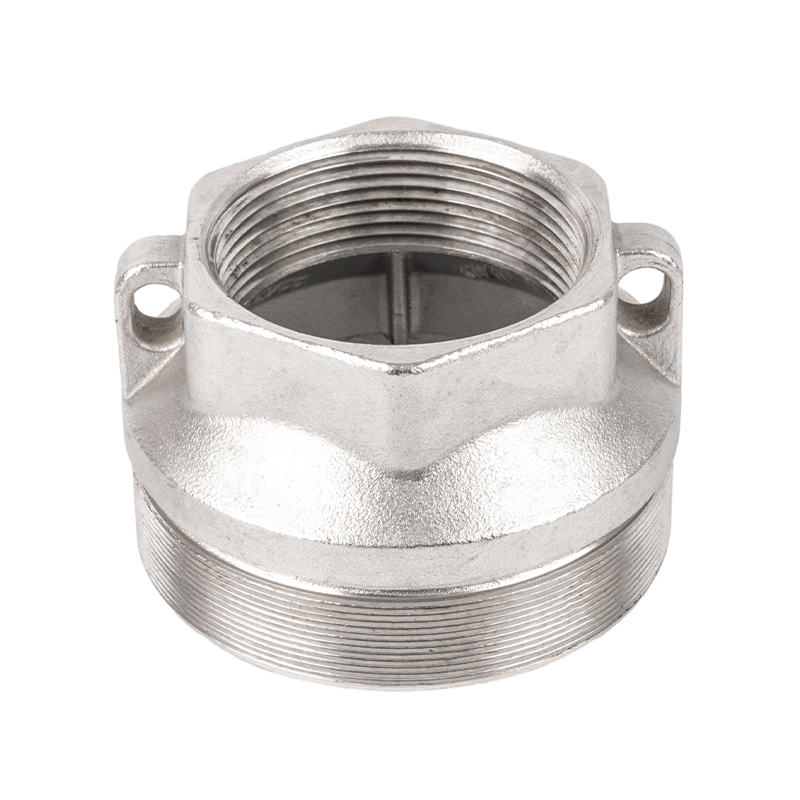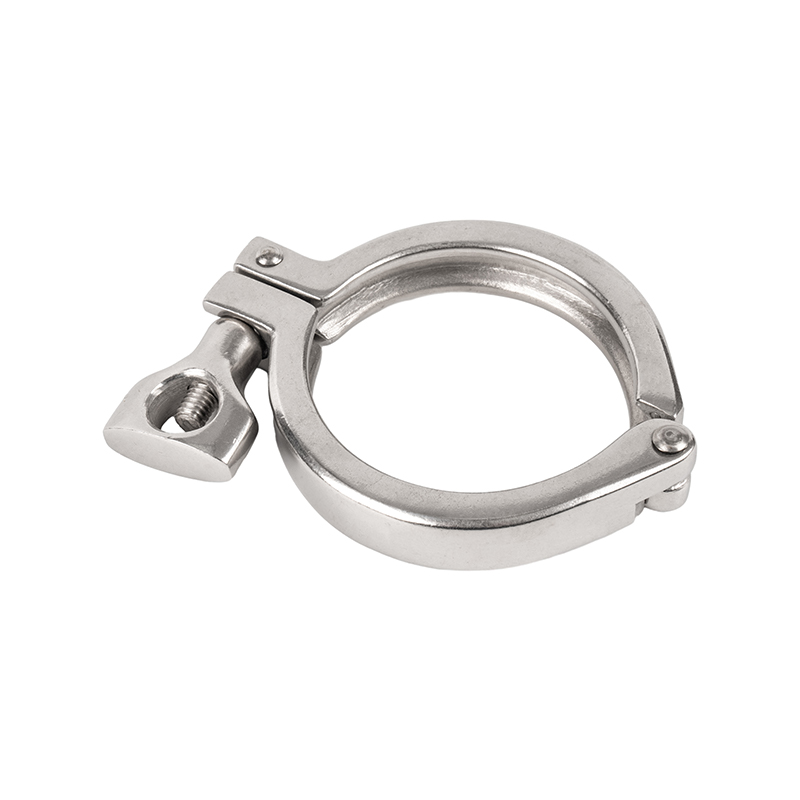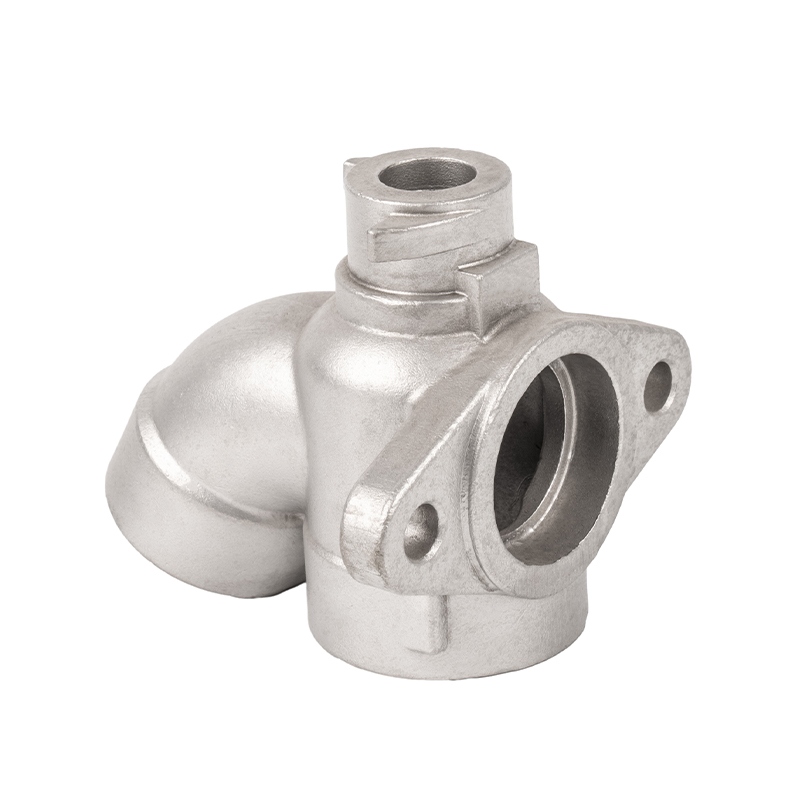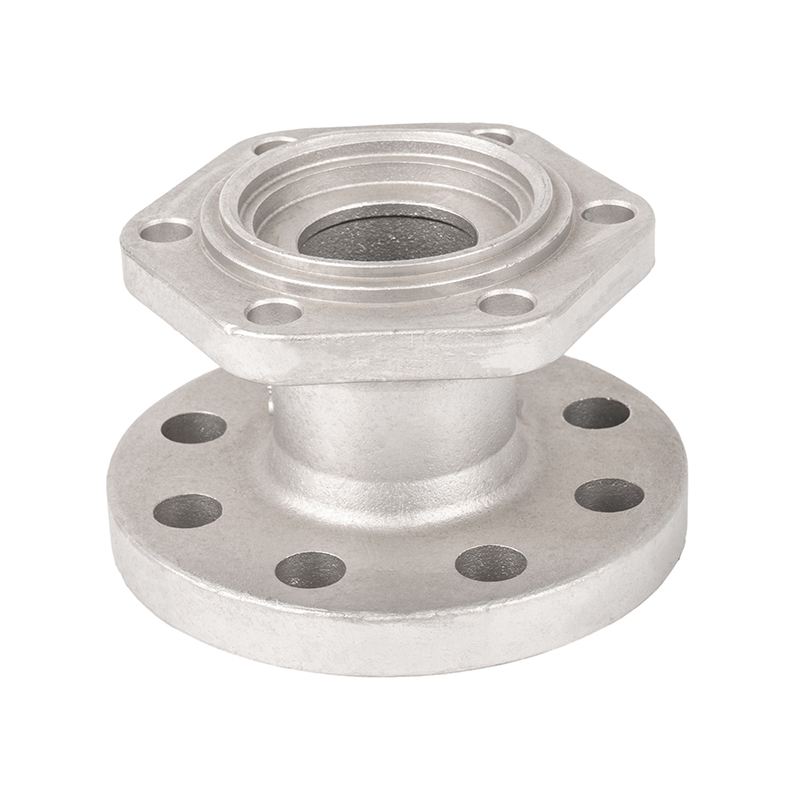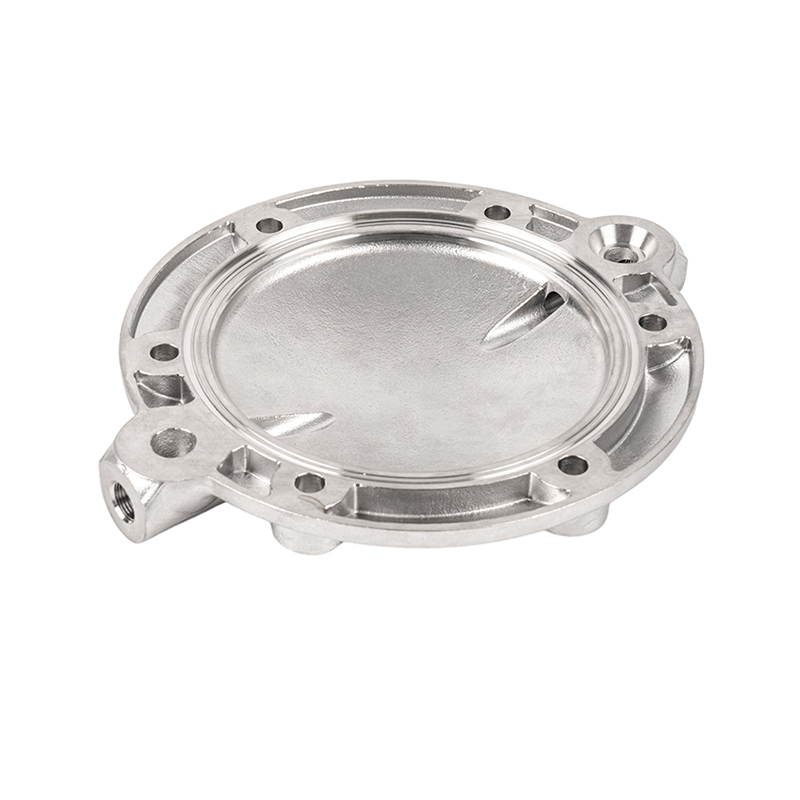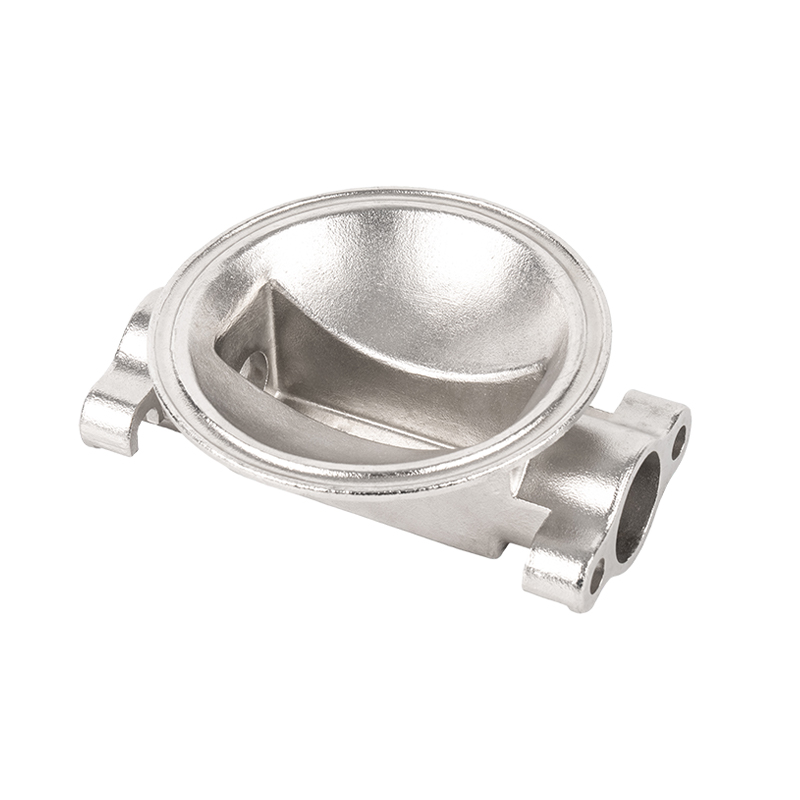What environmental factors should be considered in the design of elbow reducer castings
When designing Elbow Reducer Castings, comprehensive consideration of environmental factors is particularly important, which are directly related to the performance, durability and safety of the castings. Temperature is one of the key factors that must be focused on in the design process. Temperature changes in the working environment will significantly affect the physical properties of the material. For piping systems operating under high temperature conditions, designers should prioritize materials that can withstand high temperatures, such as heat-resistant alloys or stainless steel. This type of material not only needs to have the strength and toughness at high temperatures, but also needs to maintain chemical stability in a long-term high temperature environment to prevent oxidation or other chemical reactions.
Working pressure is also a factor that cannot be ignored when designing elbow-shaped reducer castings. The fluid pressure in the piping system can exert huge mechanical stress on the castings. Therefore, the designer needs to determine the wall thickness and structural form of the casting based on the working pressure of the system to ensure that the casting will not deform or crack under high pressure conditions. The design of castings usually requires detailed mechanical analysis to ensure their safety and stability under extreme pressures.
The properties of the fluid are also an important environmental factor affecting the design of elbow-shaped reducer castings. Different types of fluids (such as water, oil, gas or chemical substances) have their own unique physical and chemical properties, which directly affect the selection and design of materials. For example, some fluids may be corrosive, which requires designers to consider their corrosion resistance in material selection to prevent rapid aging and damage of the castings. In this case, the designer may choose special alloys or coating materials to enhance the corrosion resistance of the casting.
The fluid flow state is also a key factor that needs to be considered when designing elbow-shaped reducer castings. The flow state of fluid in the pipeline, including flow rate, flow direction and flow mode, will have an impact on the design of the casting. To reduce flow resistance, designers usually use a streamlined design that allows fluid to pass through the elbow-shaped reducer castings, thereby reducing pressure loss. Reasonable elbow angle and transition section design are also crucial, and the common 45-degree and 90-degree designs can effectively balance flow efficiency and pressure loss.
In addition, humidity and corrosive gases in the environment are also factors that need to be paid attention to during the design process. High humidity environments can cause rust on the surface of castings, especially when using carbon steel materials. Therefore, when designing, engineers may consider using anti-rust coatings or choosing stainless steel materials to improve the corrosion resistance of the castings. For the chemical industry, designers also need to consider the corrosive components in gases or liquids to ensure that the castings can operate stably in these environments for a long time.


 English
English Español
Español русский
русский 中文简体
中文简体

